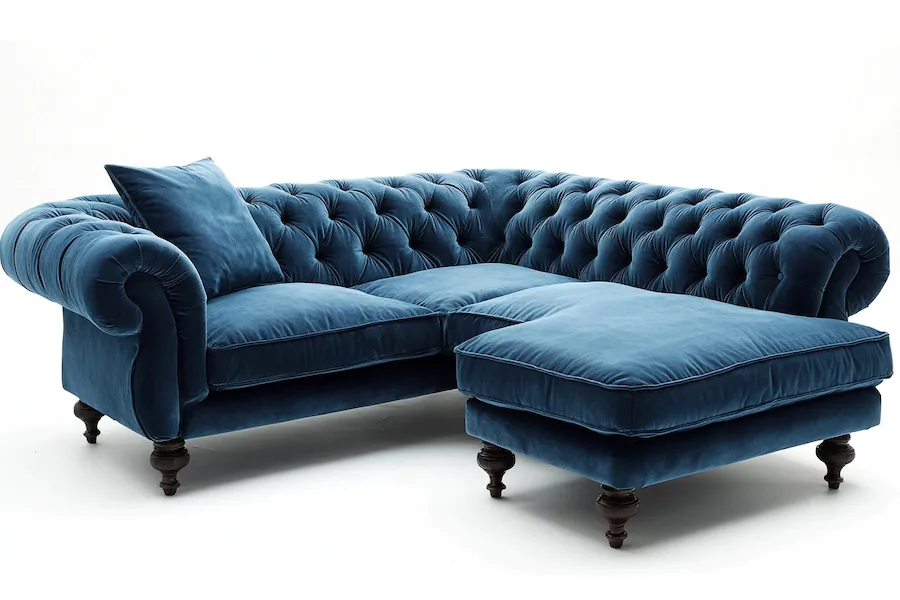L-shaped sofas, also known as sectional sofas, have become a popular choice in modern interior design due to their versatility, comfort, and space-efficient design. This article explores their history, key features, applications, considerations for selection, and concludes with their enduring appeal.
History and Origins of L-Shaped Sofas
The evolution of sofa design reflects changing lifestyles and social interactions. While traditional sofas were linear, the mid-20th century saw the emergence of sectional seating, including L-shaped configurations, to accommodate open floor plans and a growing emphasis on casual, communal living spaces. This shift allowed for more flexible furniture arrangements, catering to both intimate family settings and larger social gatherings.
Key Features of L-Shaped Sofas
- Design and Configuration: L-shaped sofas consist of two sections joined at a right angle, forming an ‘L’ shape. This design can vary, with options for left-facing or right-facing orientations, and some models offering modular pieces for customizable layouts.
- Space Utilization: Their angular design makes L-shaped sofas ideal for maximizing corner spaces, effectively utilizing areas that might otherwise remain underused. This feature is particularly beneficial in smaller living rooms or apartments where space optimization is crucial.
- Seating Capacity: These sofas provide ample seating, often accommodating more individuals than traditional sofas, making them suitable for families or those who frequently entertain guests.
Applications of L-Shaped Sofas
- Residential Use: In homes, L-shaped sofas serve as focal points in living rooms, offering comfortable seating for daily use and special occasions. Their design fosters a cozy environment conducive to relaxation and social interaction.
- Commercial Spaces: Businesses, such as hotels and offices, incorporate L-shaped sofas in lobbies and waiting areas to provide inviting seating arrangements for clients and visitors.
- Open-Plan Layouts: In open-concept homes, L-shaped sofas can act as natural room dividers, delineating spaces without the need for additional partitions.
Considerations When Choosing an L-Shaped Sofa
- Room Size and Layout: Measure your space to ensure the sofa fits appropriately, considering both the room’s dimensions and the sofa’s orientation to harmonize with existing furniture and architectural features.
- Comfort and Support: Evaluate the cushioning and support to match your comfort preferences, noting that some models offer features like reclining seats or adjustable headrests for enhanced relaxation.
- Material and Maintenance: Select upholstery materials that align with your lifestyle, especially if you have children or pets. Durable, stain-resistant fabrics or leather options can offer longevity and ease of cleaning.
- Aesthetic Compatibility: Choose a design and color that complement your interior décor, ensuring the sofa enhances the room’s overall aesthetic appeal.
Conclusion
L-shaped sofas have evolved to meet the demands of contemporary living, offering a blend of functionality, comfort, and style. Their ability to adapt to various spaces and needs makes them a valuable addition to both residential and commercial interiors, embodying the dynamic nature of modern design.
